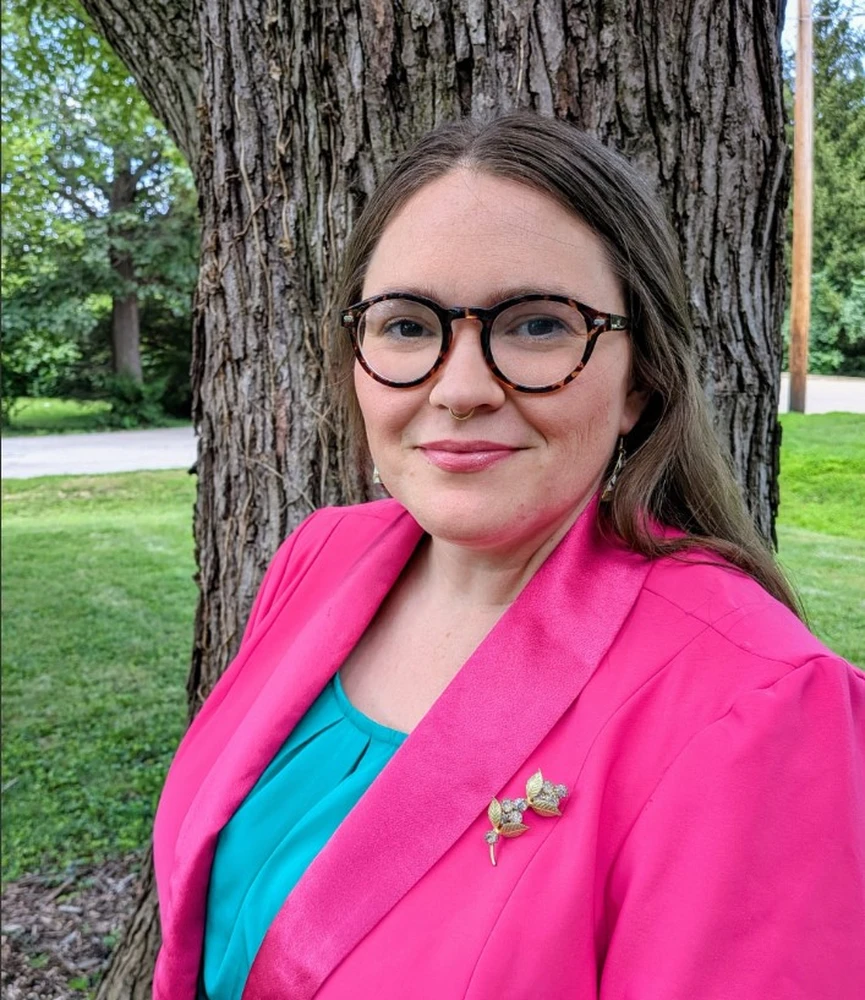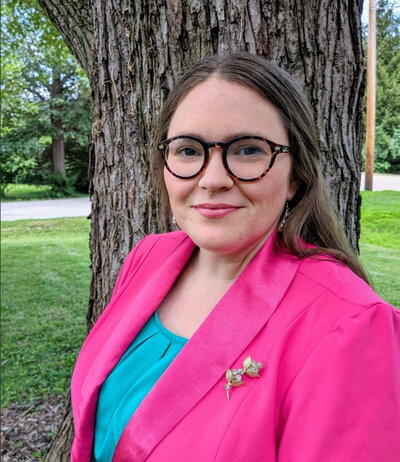

This fall, the Department of History welcomes Shannan Mason as a lecturer. Mason is a historian of early American history whose research explores relationships between science, nature, and economics.
How people think about nature and how they treat it as an object instead of something that sustains life are questions that drive her research.
“I want to understand how people understood, were using, and consuming nature,” said Mason.
Investigating the origins of science in America led her to the career of John Bartram, an 18th century Philadelphia farmer and botanist, who introduced North American plants into cultivation in Europe.
Her dissertation “Reciprocities Market: John Bartram's 18th Century Botanical Subscription Service and the Seeds of Independence," explored social and economic relationships in colonial America through the work and network of John Bartram, who is often considered America’s first botanist. Through his subscription service, known as “Bartram’s Boxes”, he exchanged plants and specimens with London merchant Peter Collinson, who acted first as a patron and then distributor for the service as it gained popularity.
Mason argues that the relationship between Bartram and Collinson reflected the shift from patronage to market exchange in colonial America. She analyzes Bartram’s correspondence, network, and scientific enterprise to uncover how market mechanisms and knowledge exchange contributed to the development of American identity.
“People consider Bartram as this romantic or science-based thinker. And I’m saying, but wait, he’s also a person living in a material world, and he needs to sustain life. So I'm arguing that even though we’ve cast his subscription service as a romantic kind of exchange, it’s actually also economic in its origins,” said Mason.
Using digital tools in research and the classroom
Mason is an interdisciplinary and innovative scholar with a diverse work background and interests that influence her research methods. Prior to going back to school for her masters and PhD, she taught special education and also has experience with archives management and work in museums. As a historian she applies a variety of methods from digital humanities, history, sociology, geography, archaeology, and environmental studies.
She uses digital tools like thematic coding, text encoding, and Geographic Information System (GIS) maps to help her analyze historical sources, like a corpus of 640 letters from John Bartram. With thematic coding and text coding she was able to create data points for people, places, and themes discussed in the letters, and then build a GIS map to help her analyze spatial relationships and relationships between people and places. She said digital tools allow her to apply historical thinking in new ways and analyze large amounts of data.
“You know how writing is thinking? So too is mapping and when you use these tools they let you think and analyze in a totally different way,” she said. “From those letters I made something like 144,000 different data points, and no individual person can process that.”
Mason is currently revising her dissertation into a book, but hopes to also create an interactive map where people can explore her data. She wants it to serve as a teaching tool to help others understand how to use digital methods in their research.
Mason also hopes to teach students how to use digital tools in the classroom and help them understand how to apply different methods of analysis in their assignments.
This year she’ll teach courses on the American Revolution, U.S. history to 1877, American Republic and a section of the department’s capstone research and writing seminar where she’s hoping to incorporate training in digital tools and how to frame a project around your methods of analysis.
She hopes to encourage students how to ask questions, form their own insights, and not just replicate the work of others.
“I want students to understand that any question is a good question,” she said. “I want students to find the method that works for the thing that interests them rather than replicating the same thing over and over again. I want them to think about things in a new and different way, rather than regurgitation. I feel like we’re a really conservative field and that happens a lot. I think the objective is to think about how you can approach any topic uniquely and that you don’t have to necessarily be feeding off the claim that somebody else made.”
Artificial intelligence in the history classroom
Teaching students how to think in a new way and use digital tools also applies to Mason’s approach to artificial intelligence, which she estimates 80% of her students are using.
“I don’t think the majority are using it in a nefarious way,” she said. “I think rather, they are using it as a safety crutch to catch or fix things that they think they’ve gotten wrong. And I think they overly think it’s done a good job allowing it to override their own thinking and work. And that’s the thing that hurting them.”
She wants students to understand that AI, like digital history itself, is a tool and not a replacement for their own analysis, ideas, and insights. She focuses on teaching them how to use it, understand its limitations, and that it can be used for more than just text generation. She’s also used it in class to illustrate to students how their own analysis compares against AI to showcase those limitations and to emphasize its tendency to replicate biases.
“When you layer tools on top of each other you get a much better and richer analysis, and that’s how I want them to be thinking about AI,” she said.
When Mason isn’t working she enjoys embroidery, furniture restoration, beekeeping, and reading.